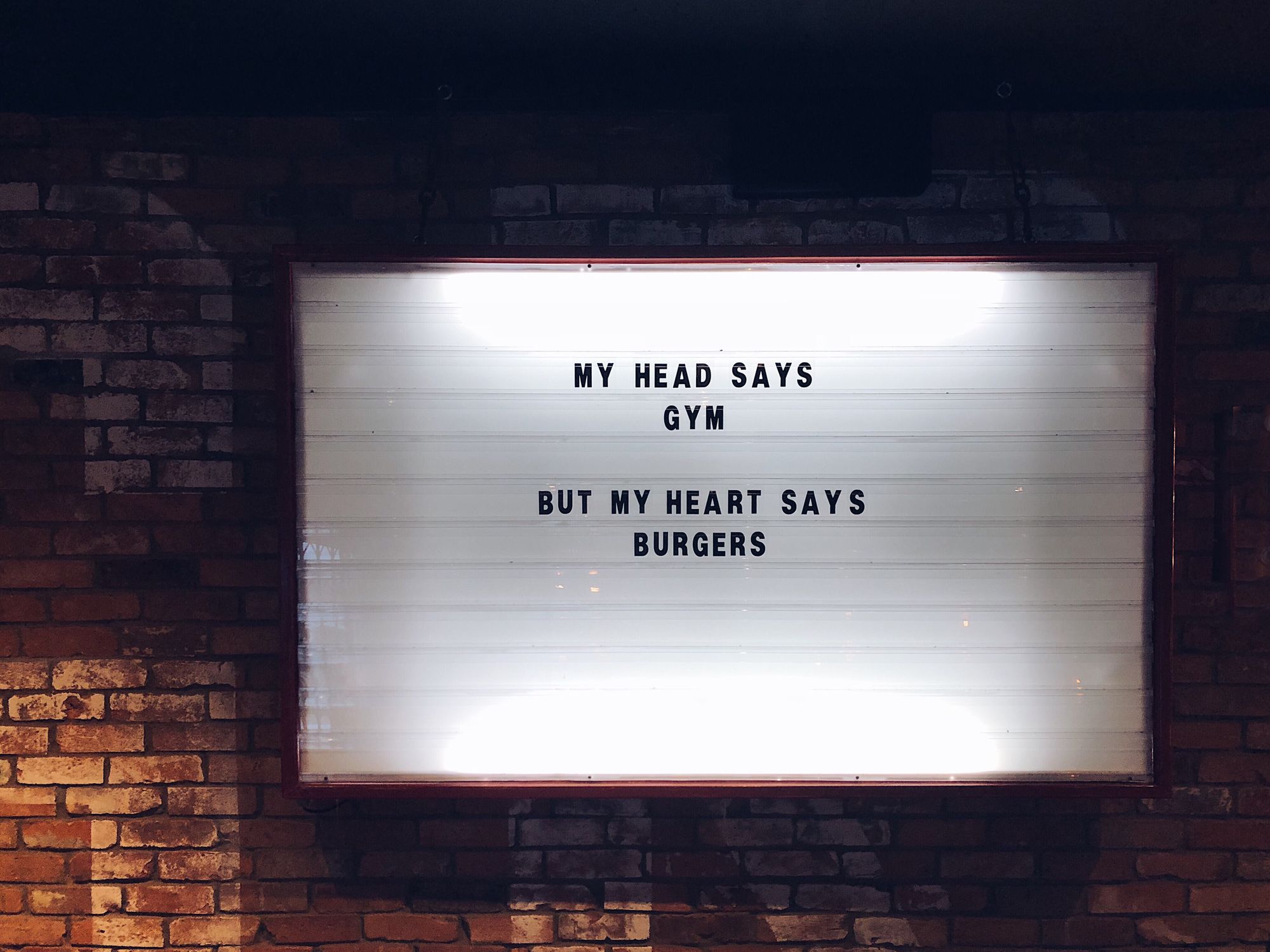How Much Exercise Should You Do Per Week at the Absolute Minimum?
How much exercise per week do you need, at the minimum, to see health benefits? Well, as it turns out, it may not be nearly as much as you think.

How much exercise do you need per week?
Well, according to the current Physical Activity Guidelines for Americans, for substantial health benefits, you should get at least:
- 150 minutes to 300 minutes of moderate-intensity OR 75 minutes to 150 minutes of vigorous-intensity aerobic physical activity OR an equivalent combination, AND
- 2 days of muscle-strengthening (i.e., resistance training) activities
The second bit sounds manageable … ish. But the first?
Even if you were to go for the more time-efficient (and, not to mention, heart-pumping) option of vigorous-intensity aerobic physical activity, it'd still translate to you carving out 25 minutes per day — at the minimum — if you exercise 3x weekly.
Cut your frequency down to 2x weekly, and you’ll have to spend ~40 minutes per session. And that hasn’t even accounted for the time you’d need to spend on strength training!
If you already have, like, too much on your plate, squeezing out that amount of time from your schedule can feel like trying to extract the last of your toothpaste out of the tube: ridiculously challenging.
So, can’t you do less?
Surprisingly, research says you can; even a little exercise is better than none. Continue reading to find out how much exercise (or, should I say, how little) you need per week for health benefits.
Let’s look at what research says 👀
More specifically, we’ll be looking at 2 studies to determine:
- How much cardio exercise you need per week: 2022 study published in the British Journal of Sports Medicine
- How much resistance training exercise you need per week: 2022 meta-analysis published in the American Journal of Preventive Medicine
Cardio: how much exercise per week at the minimum?
In the study published in the British Journal of Sports Medicine, the researchers used 1997-2014 data from the NHIS survey to analyze the relationships between different types and doses of physical activity with all-cause mortality (i.e., death from any cause).
And here’s what they found:
- Just 1 hour of aerobic exercise (moderate or vigorous or a combination of both) per week significantly reduced the risk for all-cause mortality.
- The health benefit from increased time spent on aerobic exercise plateaued somewhere around 3 hours per week.
Main takeaway? Just 60 minutes of aerobic exercise — regardless of intensity — per week seems more than enough to reduce your risk of all-cause mortality.
Psst … you might be interested in:

Strength training: how much exercise per week at the minimum?
In the study published in the American Journal of Preventive Medicine, the researchers reviewed 10 studies to investigate:
- The relationship between resistance training and all-cause mortality, cardiovascular disease mortality, and cancer mortality in adults, and
- Whether combining resistance training with moderate-to-vigorous intensity physical activity offers greater health benefits than when either is done alone
Here’s what the researchers found:
2️⃣ Just 1 hour of resistance training weekly achieves the maximum risk reduction (of 26%) in all-cause mortality.
3️⃣ Combining resistance training with moderate-to-vigorous aerobic physical activity resulted in the most significant risk reduction (28%-46%) of all-cause mortality, cardiovascular disease mortality, and cancer mortality.
Main takeaway? As with aerobic exercise, just 60 minutes of resistance training significantly improves health and reduces your risk for all-cause, cardiovascular, and cancer mortality.
How to apply these findings
As you can now tell, it really doesn’t take much exercise at all (just 60 minutes of aerobic exercise and 60 minutes of strength training exercise weekly) for you to see health benefits.
Here’s a time-efficient way you could plan your workouts while maximizing your health benefits:
- Exercise 3x a week
- Do 20 minutes of strength training, followed by 20 minutes of cardio (total session duration: 40 minutes) — this specific order prevents the notorious, gains-ruining cardio and strength training interference effect
OR if you simply don’t have 40 minutes to spare, try to clock your cardio through other means, including:
🏠 Checking out 15-minute cardio routines you could do right from home
🧹 Dedicating 30 minutes each on Saturdays and Sundays to clean your house, mow the lawn, scrub the toilets, and wash the car — bonus: you (finally) tick off all the household chores you’ve been procrastinating on for months
🚴 Cycling to the grocery store instead of taking the car
🖥️ Investing in an under-desk treadmill, so you can get your cardio in while working and bringing in the ka-ching 🤑
🥾 Exploring new parks and hiking trails with your loved ones on the weekends (instead of meeting up for the same-old sedentary routine of having a meal, then concussing on one another’s couch)
Ready for a hard truth?
2 hours of combined exercise weekly may still sound too much for some of you.
If so, you should take a careful look at your daily routine. Are there any pockets of time you could re-allocate to exercise? Be meticulous and honest with yourself — your health and well-being deserve it.
Also, while this may come off as insensitive (but trust that we have your best interests in mind), sometimes, you just have to make time.
Can you wake up a little earlier? Negotiate for some time from your employer during lunch (or any other lull periods) to work out?
There's no silver bullet for health; no single pill you can take to stay healthy.
So, you'd better do the preventive work right now before needing to spend infinitely more resources (time, money, and energy) trying to manage chronic health conditions.
And here are a few other mindset changes you may need:

And if you need help knowing what to do during your workouts or tracking your nutrition — because health isn’t just about exercising, but how you fuel your body, too — then check out GymStreak.
Workout Programming + Nutrition Tracking, Off Your Hands
*sigh of relief* We'll guide you through it all — step-by-step. Just download the app, and you'll be making progress toward your dream body like never before.
References
Coleman, C. J., McDonough, D. J., Pope, Z. C., & Pope, C. A. (2022). Dose-response association of aerobic and muscle-strengthening physical activity with mortality: A national cohort study of 416 420 US adults. British Journal of Sports Medicine, bjsports-2022-105519. https://doi.org/10.1136/bjsports-2022-105519
Current Guidelines | health.gov. (n.d.). Retrieved May 17, 2023, from https://health.gov/our-work/nutrition-physical-activity/physical-activity-guidelines/current-guidelines
Shailendra, P., Baldock, K. L., Li, L. S. K., Bennie, J. A., & Boyle, T. (2022). Resistance Training and Mortality Risk: A Systematic Review and Meta-Analysis. American Journal of Preventive Medicine, 63(2), 277–285. https://doi.org/10.1016/j.amepre.2022.03.020


